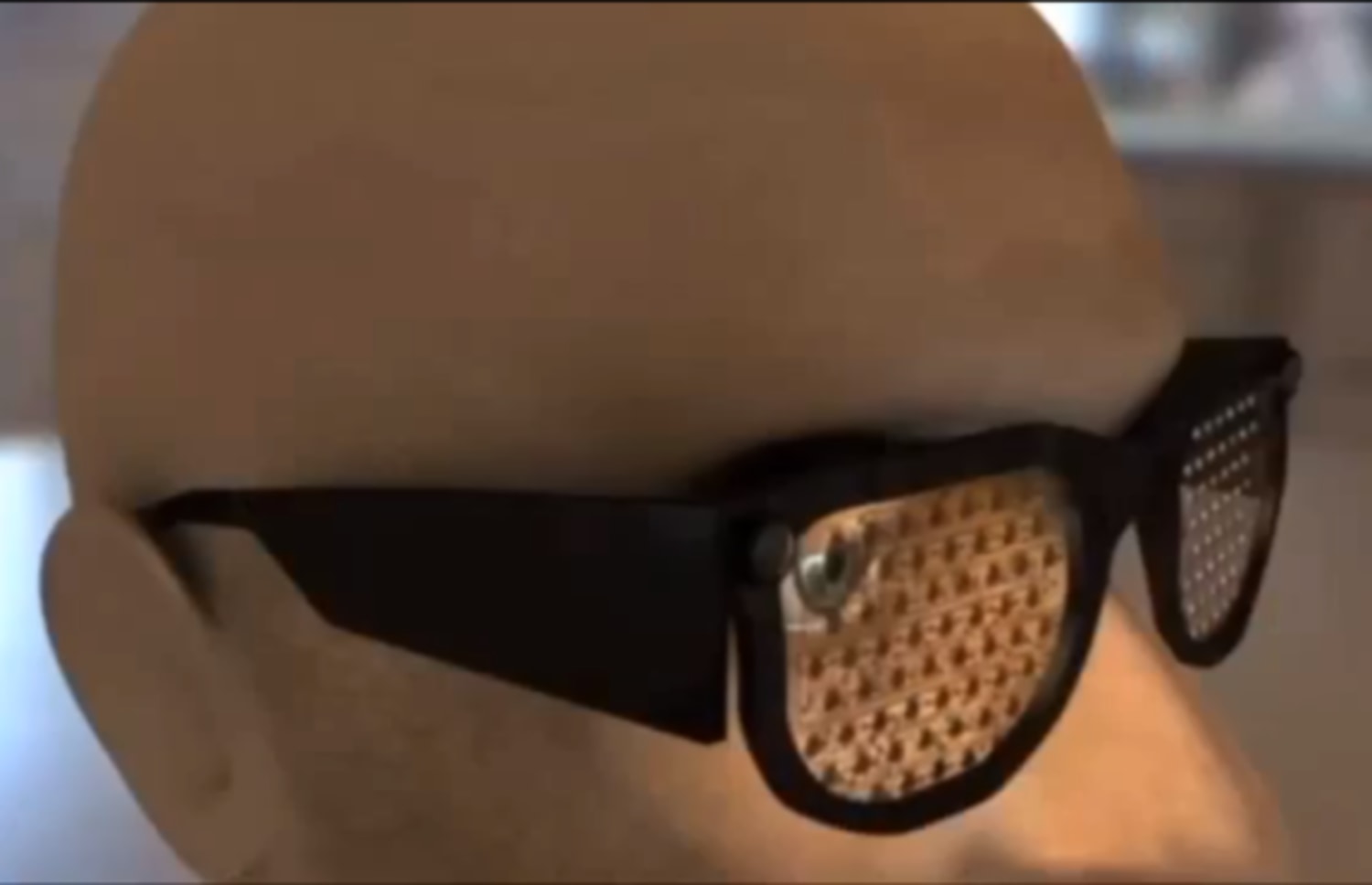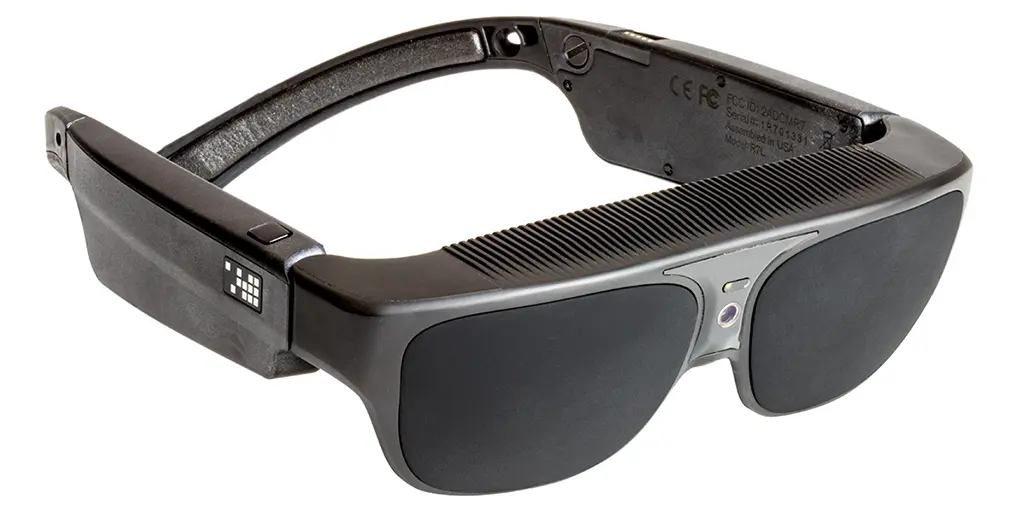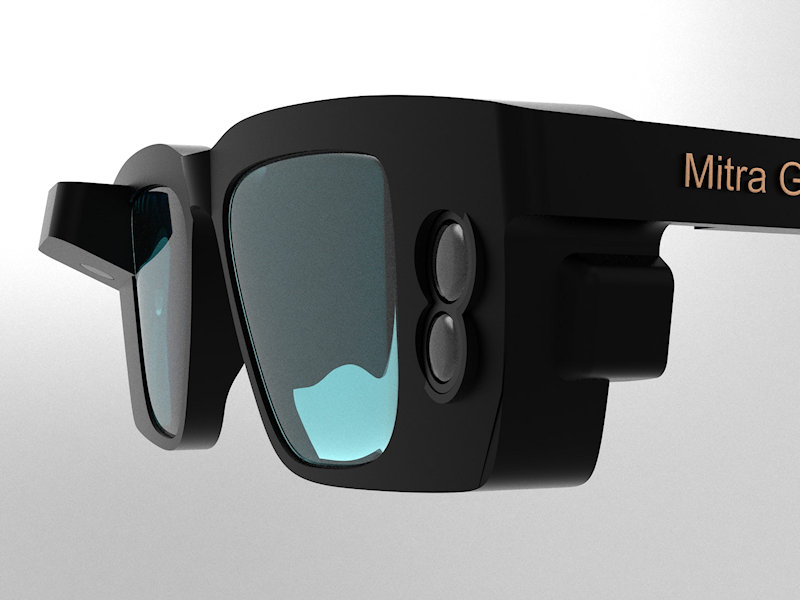Empowering Freedom With Assistive Modern Technology for the Blind
The assimilation of assistive innovation for individuals that are aesthetically damaged or blind represents a substantial advancement in promoting independence and boosting top quality of life. With a range of tools-- from screen readers to cutting-edge responsive devices-- these technologies not only promote navigation and communication but also promote social inclusion and involvement in various elements of life.
Understanding Assistive Innovation
Although assistive technology has actually advanced dramatically throughout the years, its essential objective continues to be the same: to improve the quality of life for individuals with impairments, specifically those that are blind or visually impaired. This technology incorporates a broad array of devices and devices that facilitate independence and functionality in day-to-day tasks.
Assistive innovation can be classified right into low-tech and state-of-the-art options, each created to fulfill specific requirements. Sophisticated tools commonly include software program applications, specialized hardware, and flexible gadgets that utilize advanced technology to offer assistance in numerous contexts. Conversely, low-tech solutions may include day-to-day things that are customized to boost ease of access, such as magnifiers or responsive markers.
The assimilation of assistive innovation into the lives of people who are blind or visually impaired not just promotes freedom yet also cultivates social addition and participation in professional and educational atmospheres. By leveraging these technologies, users can navigate their surroundings, gain access to details, and interact successfully, thus boosting their overall high quality of life. Comprehending assistive modern technology is important for supporters, experts, and caretakers who aim to sustain people in optimizing their potential and accomplishing greater freedom.
Types of Assistive Instruments
Assistive gadgets for the visually damaged and blind are important devices that improve daily living by attending to specific difficulties experienced by individuals. These tools can be generally categorized right into 3 major kinds: optical tools, digital gadgets, and sensory gadgets.

Sensory tools, such as Braille screens and tactile maps, offer different ways to obtain details. Braille displays convert electronic message into Braille, making it possible for customers to review touch. Tactile maps offer spatial understanding through elevated textures and lines, enabling better environmental awareness.
Together, these assistive tools empower individuals with aesthetic problems to engage more totally with their environments, promoting greater independence and confidence in daily tasks.

Effect On Daily Life
The combination of assistive technology into the day-to-day lives of individuals who are blind or aesthetically impaired considerably boosts their capacity to browse and engage with the world around them. Tools such as screen visitors, Braille displays, and mobile applications help with access to information, permitting individuals to involve with electronic content, connect efficiently, and handle daily tasks independently.
Additionally, technologies like clever glasses and navigating apps offer real-time support in unknown environments, boosting wheelchair and self-confidence. These tools enable users to identify barriers, read indicators, and also acknowledge faces, thus promoting a feeling of autonomy in public rooms. Additionally, home automation systems, which can be regulated via voice commands, enable people to manage their living environments extra effectively, improving comfort and security.
The effect of assistive innovation extends past sensible tasks; it advertises social incorporation and psychological wellness. By linking the space in between people and their environments, these modern technologies equip individuals to take part totally in community tasks, pursue educational chances, and take part in purposeful connections. Ultimately, the development of assistive technology contributes in redefining the opportunities for individuals who are blind or aesthetically impaired, causing an extra inclusive and easily accessible culture.
Success Stories and Testimonials

An additional powerful endorsement comes from Mark, a recent college grad that made use of display reading software application throughout his scholastic journey. This modern technology enabled him to access course materials and join discussions, eventually resulting in his effective transition into the workforce. Mark credit scores assistive technology for equipping him to attain his profession goals, emphasizing its role in leveling the playing field for individuals with aesthetic impairments.
Additionally, recreation center have reported enhanced engagement in their programs thanks to the intro of available electronic systems. These platforms have actually made it easier for people to connect, share resources, and assistance one an additional. These success stories collectively underscore the extensive impact of assistive innovation in fostering self-reliance, enhancing quality of life, and breaking down barriers for the visually damaged and blind community.
Future Fads in Assistive Technology
Emerging innovations are poised to revolutionize the landscape of assistive technology for individuals that are aesthetically impaired or blind. Developments in man-made intelligence (AI) and machine discovering are improving the capabilities of devices, allowing even more instinctive customer experiences. AI-driven applications are increasingly able to read and recognize items text out loud in real-time, offering users with beneficial details about their environments.
In addition, advancements in wearable technology are creating new possibilities for freedom. Smart glasses geared up with enhanced truth attributes can overlay crucial details onto the customer's field of vision, assisting in navigation and communication with the atmosphere. Furthermore, the combination of Net of Points (IoT) devices is improving access in wise homes, permitting individuals to regulate devices and get alerts with voice commands or responsive user interfaces.
The advancement of braille displays and tactile feedback systems is additionally increasing, advertising accessibility to digital content and improving communication. As these modern technologies remain to evolve, they guarantee to enhance daily living, academic chances, and employment published here potential customers for people with visual disabilities. Constant cooperation in between technologists, users, and campaigning for groups will be essential optometrist occupation in ensuring these advancements fulfill the requirements of the neighborhood effectively.
Verdict
In verdict, assistive modern technology plays a crucial function in boosting the self-reliance of individuals who are blind or visually damaged. By offering necessary tools and sources, these technologies promote enhanced accessibility, communication, and navigation to details, therefore promoting freedom and self-esteem. The transformative effect of assistive tools not just advertises effective communication with the atmosphere yet likewise urges social incorporation and involvement in numerous aspects of life, eventually empowering users to flourish within their areas.
The integration of assistive innovation for people that are blind or aesthetically damaged stands for a substantial development in promoting independence and enhancing high quality of life.The assimilation of assistive modern technology into the lives of people who are blind or visually hindered not just advertises freedom however also cultivates social incorporation and participation in specialist and instructional settings. Inevitably, the innovation of assistive technology is crucial in redefining the opportunities for people that are aesthetically damaged or blind, leading to a much more easily accessible and inclusive society.
Lots of individuals that are blind or aesthetically impaired have actually shared motivating success stories that highlight the transformative influence of assistive innovation on their lives.In final thought, assistive modern technology plays a pivotal duty in improving the freedom of individuals who are blind or aesthetically damaged.